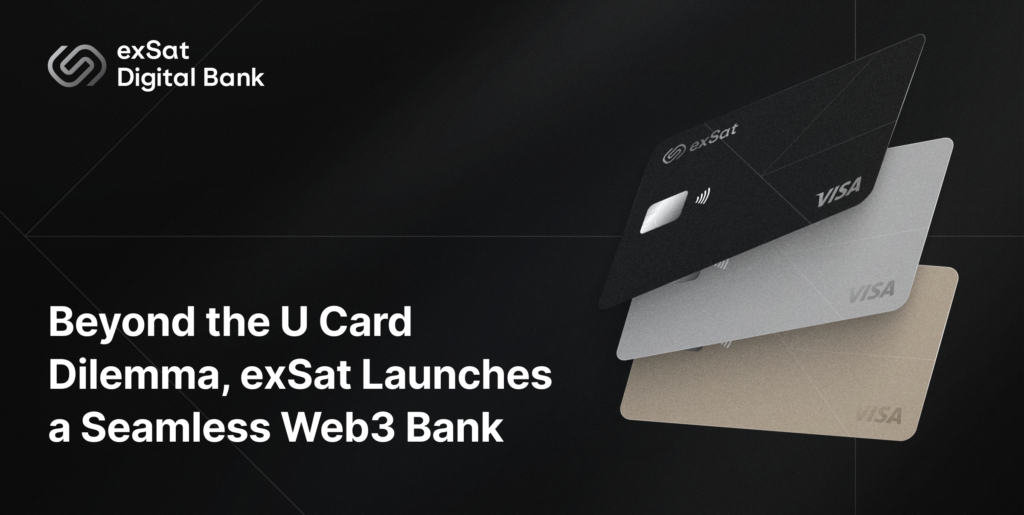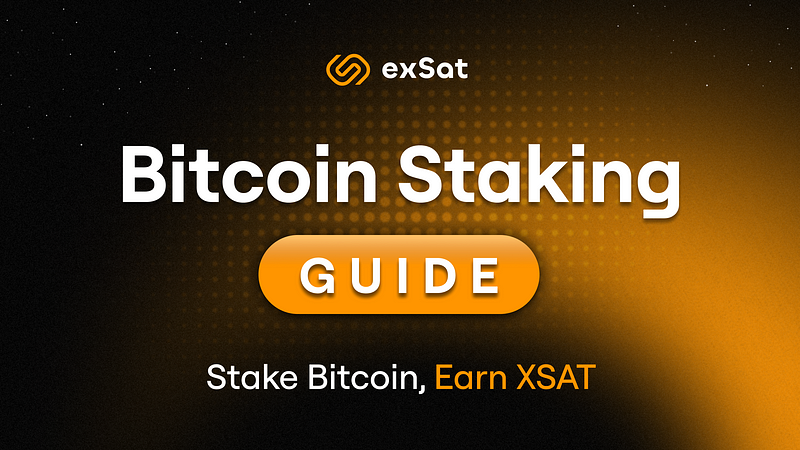
U Cards in Crypto: Triumph and Downfall
The rise of cryptocurrencies has unlocked new frontiers in financial innovation. Crypto cards — often referred to as U Cards — emerged as a bridge between digital assets and real-world spending. From 2023 to 2025, with the rise of AI applications like ChatGPT, user demand for secure fund storage and seamless cross-border payments surged, pushing crypto cards into the spotlight.
Among them, Infini Card quickly gained popularity by integrating with Visa and Mastercard networks, enabling users to pay globally with stablecoins. However, in June 2025, Infini Card abruptly announced the suspension of all services. Co-founder Christine cited the unsustainable nature of the business — driven by high compliance costs, thin margins, and operational complexity. The shutdown impacted thousands and underscored a deeper industry tension between compliance and profitability.
Similar exits followed: OneKey halted new registrations in late 2024 and shut down card operations entirely by early 2025. Binance discontinued its card services in Europe and Latin America, also citing regulatory and cost concerns. These developments signaled that the crypto card model, once promising, was faltering — clearing the way for alternatives like exSat’s Web3-native banking solution.
Top 3 Challenges Facing Crypto Payment Cards
Infini Card’s collapse wasn’t an isolated incident — it reflected structural issues plaguing the entire crypto card sector.
Issuing a crypto card requires coordination among three core players:
- Project teams (e.g., Infini, RedotPay) develop and market the product.
- Payment networks (e.g., Visa, Mastercard) provide global infrastructure.
- Issuing banks or institutions manage compliance and fiat processing.
When a user makes a payment, the project team converts crypto to fiat, routes the transaction through the card network, and relies on the issuer for regulatory approval. While the experience may appear seamless to users, behind the scenes, it’s costly and complex. The key challenges are:
- High compliance overhead: Navigating global KYC/AML regulations demands extensive operational and legal resources.
- Unsustainable revenue models: Profits from transaction fees and FX spreads rarely cover the costs of payment network partnerships and regulatory compliance.
- Poor user economics: Despite advertised 1–2% fees, users often face 3–5% true costs due to hidden fees, exchange rate losses, and funding friction. Compared to traditional credit cards, crypto cards are less cost-effective — especially for small transactions — and the UX is burdened by the need to convert stablecoins into fiat.
For users, crypto cards offer utility — but at a steep price. For developers, they highlight the fragility of mono-revenue business models. These tensions are now driving the shift toward more robust, compliant alternatives.
exSat’s Breakthrough: Reinventing Web3 Banking
In response to the crypto card dilemma, exSat, built on Vaulta’s high-performance blockchain, introduces a next-generation crypto banking and payments platform. Designed for both Web2 and Web3 users, exSat addresses the sector’s shortcomings with a bold, modular approach:
- Regulatory compliance by design: exSat issues cards backed by real U.S. bank accounts, ensuring legal legitimacy and global compliance from the outset.
- Institutional-grade infrastructure: Strategic partnerships — such as with Fosun Wealth Holdings Limited — provide licensed financial rails and RWA issuance capabilities, strengthening fund flows and risk controls.
- Diversified revenue streams: Beyond card usage, exSat integrates staking, re-staking, off-chain arbitrage, and hybrid yield models. It also supports payroll for Web3 organizations, unlocking new income sources and reducing reliance on transaction fees.
One standout feature is the “principal untouched, interest consumed” model: Users deposit assets into yield-generating protocols, while spending only the interest via their crypto cards. Smart contracts automate the process, enabling everyday purchases without depleting capital — bridging DeFi with payments and reducing the high friction of traditional crypto cards.
The Four Pillars of a Borderless Financial Future
exSat’s vision is to create a seamless, compliant, and globally accessible digital banking ecosystem. At the heart of this ecosystem is exSat Network, supported by four core business pillars, each designed to meet the evolving demands of the digital finance era:
- Banking Services
exSat bridges traditional finance and decentralized finance by offering a full suite of services — including savings, asset trading, card management, staking yields, Real-World Asset Finance (RWAFi), and Bitcoin Finance (BTCFi). This dual-capability design serves both conventional users and crypto-native communities, meeting a wide spectrum of financial needs. - Compliance Framework
A robust global compliance infrastructure is built in, encompassing KYC/AML procedures, notarization services, and regulatory access channels. This ensures that all user activity on exSat remains transparent, legal, and auditable across jurisdictions. - Real-World Integration
exSat seamlessly connects on-chain and off-chain financial operations through integrated payment systems, OTC (over-the-counter) trading, and tokenization of real-world assets (RWAs). This enhances both liquidity and credibility, making digital assets more usable in everyday contexts. - Intelligent Data Gateway
Leveraging oracles, AI agents, multi-chain communication protocols (MCP), and UTXO-based databases, exSat creates a secure and intelligent on-chain data processing layer — enabling real-time, data-driven financial services.
In practical application, exSat has already rolled out core features such as wealth management, fiat on/off ramps, 1DEX (its decentralized exchange), and crypto card payments (including U Card). In the payments scenario, exSat also supports stablecoin scan-to-pay, allowing users to make instant transactions by simply scanning a QR code — realizing the vision of “spend your crypto like cash.”
On the backend, exSat’s yield system integrates on-chain staking, re-staking, algorithmic trading strategies, and RWA income streams, all supported by multiple licensed custodians. Together, these elements power a financial infrastructure that is compliant, user-friendly, and yield-generating, setting a new standard for Web3-native banking.
What’s Next: Bridging Compliance and Innovation
The downfall of Infini Card made one thing clear: payments alone are not enough to support a sustainable crypto card business. exSat presents a new model — where compliance, utility, and financial diversification go hand in hand.
By aligning with Fosun Wealth and embedding compliance into its architecture, exSat sets a new standard for Web3 banking. For users, this means safer, more flexible, and more transparent financial services. For the industry, it signals a viable path forward.
In the evolving crypto landscape, compliance is the foundation, innovation is the catalyst, and diversification is the safeguard.
exSat isn’t just building a crypto card — it’s building the infrastructure for a future-proof, Web3-native financial system.

